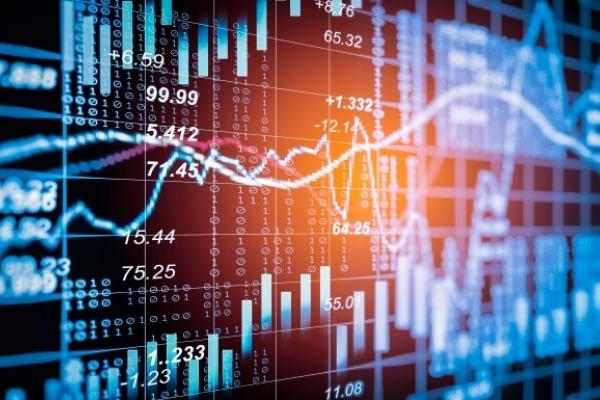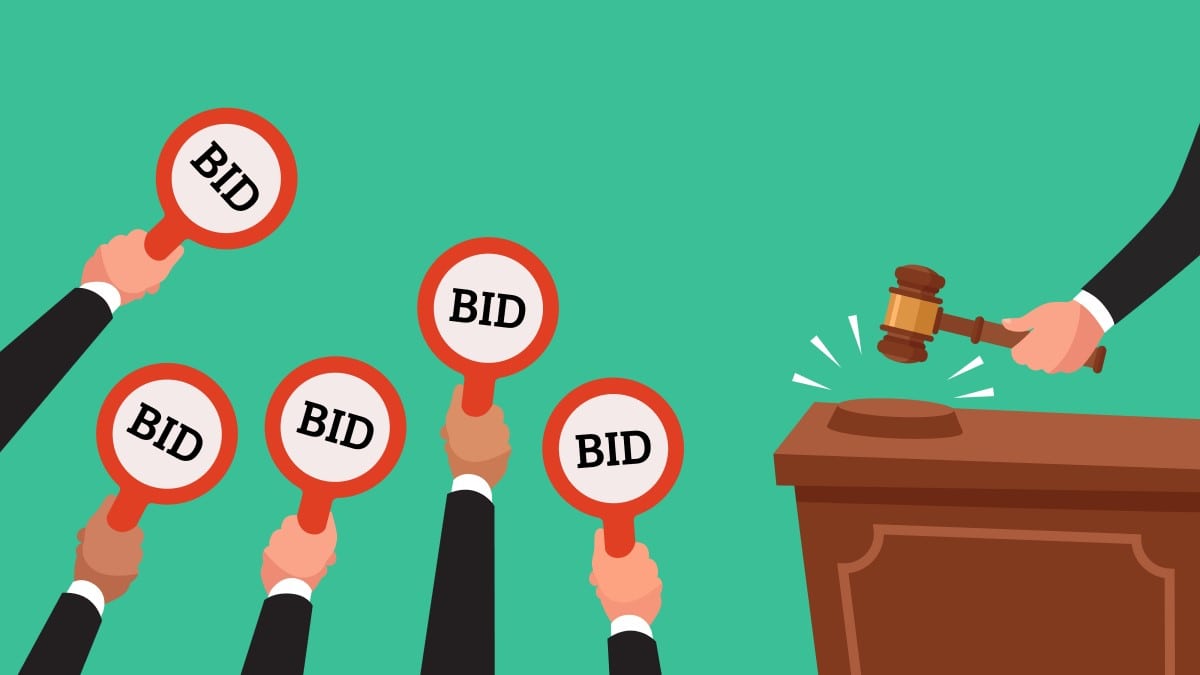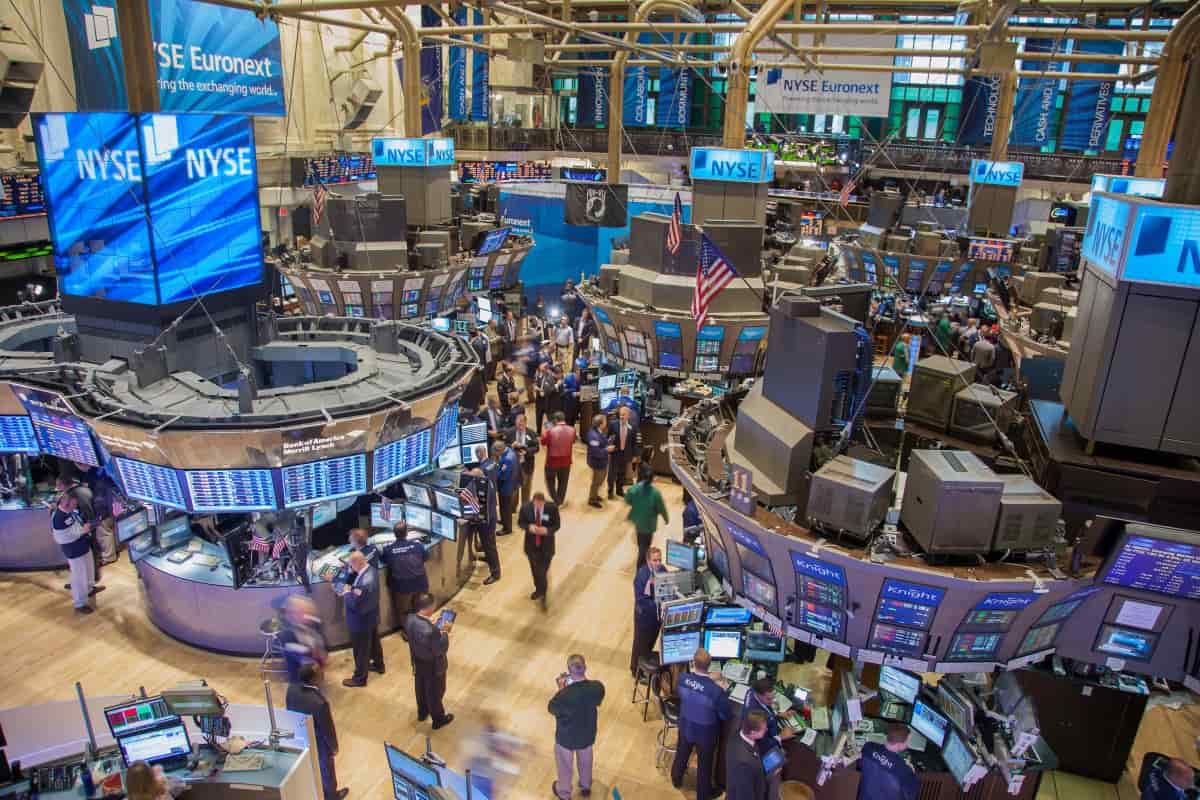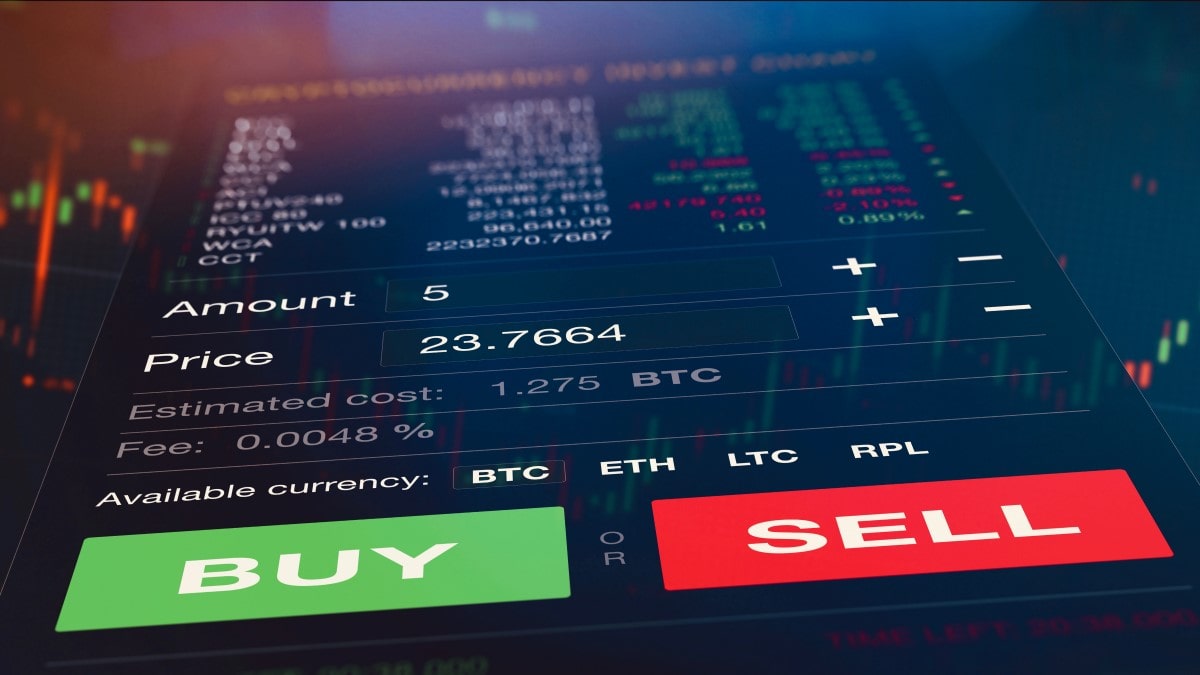

What is the Bid and Ask?
What is a Bid Price, and What is an Ask Price

What is the Bid Price?
The bid price is the highest price the market is willing to pay for that trading instrument in any given market. If several buyers are willing to pay a different price, the highest of those prices will show as the bid.
The bid price is the highest price at which a seller can sell a trading instrument at any given time.
What is the Ask Price?
The ask price is the lowest price at which the market is willing to sell a given trading instrument. Also known as the offer price. If several sellers have limited orders in the market, the order with the lowest price will show as the market's ask price.
The ask price is the lowest price at which a buyer can buy a trading instrument at any given time.
What's the difference between the bid and ask price?
The following is an example of a forex quote:
GBPUSD: 1.27256/1.27272
In this example, the first price shown is the bid price, which will always be the lower of the two prices in a quote. As a seller, this will be the price at which you'll sell GBP for USD.
The second price in the example is the ask price, which is also the higher of the two. If you are a buyer, this is the lowest price at which you can buy GBP for USD.
Bid and ask prices both show limit orders in the market. A market order would be executed immediately at the best bid or ask price.
On a trading platform, you may sometime sell prices quoted as follows, which can cause some confusion:
SellBuy
GBPUSD1.272561.27272
In this case, the bid price is labelled 'Sell', and the ask price is labelled 'Buy' because these are the prices you can sell and buy at.
Quote-Driven Versus Order-Driven Markets
To properly understand where bid and ask prices come from, you need to understand the two types of markets; quote-driven markets and order-driven markets.

Quote-Driven Markets
A quote-driven market is run by a market maker or broker. Their job is to maintain an orderly market by continuously quoting the bid and ask prices for each instrument they make a market for.
Order-Driven Markets
An order-driven market is made up entirely of buy and sell orders from market participants. There is no intermediary; instead, all orders are processed by a broker who charges a commission. Most stock markets are order-driven.
What is the Bid-Ask Spread?
The Bid-Ask Spread
The Bid-Ask spread is simply the difference between the ask and bid prices. In quote-driven markets, the spread is determined by a market maker or broker, whereas the spread for an order-driven market is determined by supply and demand.
Liquidity and the Bid-Ask Spread
A tighter spread signifies a more liquid market. Higher liquidity means more buyers and sellers and more market makers. As buyers compete with one another, the bid price rises, and the ask price falls as sellers compete. The result is a tighter spread between the bid and ask prices.
The bid-ask spread amounts to a trading cost for traders. In other words, a market with a lower spread is cheaper to trade. Liquidity often leads to more liquidity as traders are attracted to markets with lower bid-ask spreads.
You can read more about spreads here.
Orders Types and the Bid-Ask Spread
-
Limit Orders
A limit order is placed in the market at the limit price and can only be executed at the limit price or better. All visible bid and ask prices in the market are limit orders.
If a limit buy order is entered, the order will be executed immediately if its price is equal to or greater than the market ask price. If it's lower than the ask price, it will be placed in a queue behind any existing limit buy orders with the same price. The opposite applies to limit sell orders.
-
Market Orders
A market order is a buy or sell order which is immediately executed at the best available price in the market. A market buy order will immediately be executed at the market ask price. A market sell order will immediately be executed at the market bid price.
Which Type of Order Should You Use?
You can use a limit price to get a better price, but doing so may mean you miss a trade if the price moves away from you. A market order will ensure that you don't miss an opportunity, but your execution price won't be as good.
For this reason, it's important to look at the bid and ask prices and the last traded price, which is usually labelled 'Last' on trading platforms.

The table above shows the Bid, Ask and Last prices for four currency pairs on MetaTrader 5. By looking at the Last price, you can see whether the price is being traded on the bid or ask side of the bid-ask spread.
The top two currencies each had their last trade at the bid price. That means other traders were selling at the bid price. For the bottom two pairs, the last trades were at the ask price.
The colours also indicate whether the Bid, Ask and Last prices are higher or lower than their previous level. Blue means the price is higher, and red means it is lower.
By looking at the bid-ask spread and the direction prices are moving, you can determine whether you should use a limit order and let the market price move toward you or use a market order to make sure the price doesn't get away from you.
Understanding the Bid and Ask in the Forex Market
When trading in the forex market, the bid-ask spread will have an impact on the strategies you use and the timeframes you trade on.

The above example from MetaTrader 5 shows the bid and ask prices for the EUR/USD pair, which is very liquid, and for the USD/TRY pair, which is far less liquid. The spread for the first pair is 0.9 pips, while the spread for the second is 90 pips.
For a trade to be profitable, the price needs to first move enough to cover the bid-ask spread. In the above example, if you buy at the ask price, the bid must move that much higher before you break even. For the EUR/USD pair, the bid needs to only move 0.9 pips, but for the USD/TRY pair, it needs to move 90 pips just for the trade to break even.
The tighter a spread, the lower the timeframe that can be traded. The EUR/USD pair can be traded on timeframes as low as 1 minute as the pair will move enough in a short space of time. A less liquid pair like the USD/TRY will need to move a lot further, probably taking a lot longer.
When considering a trading strategy, you need to consider the spread. If the average profit is less than the spread, you may not be able to trade the strategy profitably.
How to Use the Bid-Ask Spread when Trading CFDs
What is a CFD?
CFDs, or contracts for difference, are a type of trading instrument that allows traders to easily gain exposure in any market. CFDs can be traded on stocks, indices, commodities and cryptocurrencies. They can be used to open long and short positions, with or without leverage.

How the Bid-Ask Spread Affects CFD Trading
In most cases, when you trade CFDs on a trading platform, the quote you see will be a market maker quote. This means CFDs can be traded exactly like forex.
In some cases, you may be able to trade stock CFDs in the underlying stock market. You will see multiple bids and offers in this case, meaning the market is order-driven. An order-driven quote will look something like this:
Apple Inc. 800 194.57 194.60 600
400 194.56194.61 200
1000 194.55194.62 300
This example shows the best 3 bids and offers for Apple Inc's stock, along with the quantity being bid and offered at each level. In this case, the bid-ask spread is $194.57-$194.60. The bid volume is 800, and the ask volume is 600. If a trader wanted to buy more than 600 shares, they would have to buy 600 shares at $194.60 and then pay more for any other shares they wanted to buy.
Conclusion
The best way to learn about the concepts covered in this article is by following various trading assets and entering different types of orders. You can do that for free and without risk by opening a demo trading account.
You can open a free demo account with Libertex, an award-winning platform. Libertex is a broker which offers CFD trading on stocks, commodities, indices, ETFs and cryptocurrencies with leverage of up to 30 times for retail clients. The platform also offers free trading tutorials and state-of-the-art trading tools.
Disclaimer: The information in this article is not intended to be and does not constitute investment advice or any other form of advice or recommendation of any sort offered or endorsed by Libertex. Past performance does not guarantee future results.
Why trade with Libertex?
- Get access to a free demo account free of charge.
- Enjoy technical support from an operator 5 days a week, from 9 a.m. to 9 p.m. (Central European Standard Time).
- Use a multiplier of up to 1:30 (for retail clients).
- Operate on a platform for any device: Libertex and MetaTrader.